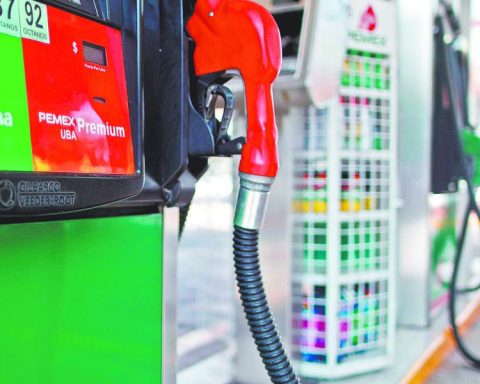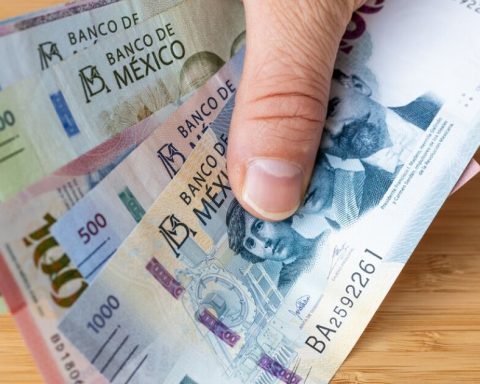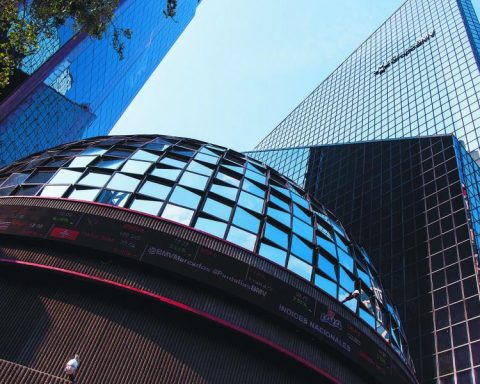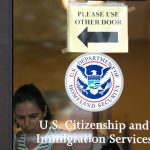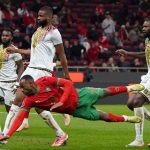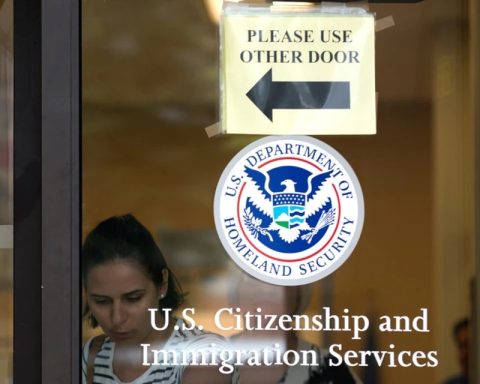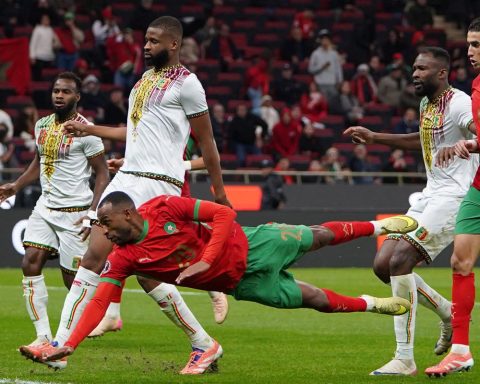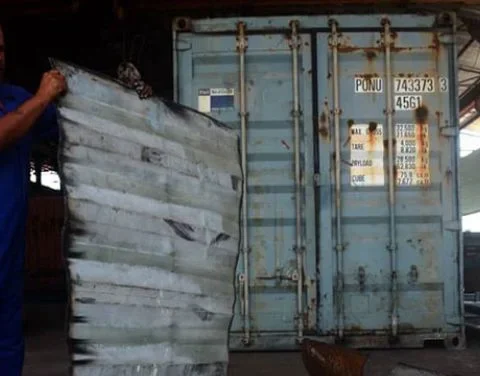But the economy may now be nearing a tipping point where a continued decline in job openings will translate into faster-rising unemployment, arguing for the Fed to begin cutting interest rates to protect the labor market, according to a new study presented Friday at the annual economic conference in Jackson Hole, Wyoming.
Economists Pierpaolo Benigno of the University of Bern and Gauti B. Eggertsson of Brown University wrote that “policymakers face two risks: being too slow to ease monetary policy, potentially causing a ‘hard landing’ with high unemployment … or cutting rates prematurely, leaving the economy vulnerable” to a surge in inflation. Based on their new analysis of the labor market, “our current assessment suggests that the first risk outweighs the second.”
Fed policymakers appear to have come to the same conclusion, with rate cuts expected to begin at the bank’s next meeting on Sept. 17-18 and likely to continue in subsequent sessions.
Still, the study adds further detail to several ongoing Fed debates by combining into a single economic model two key relationships: one between the unemployment rate and the inflation rate, known as the Phillips curve, and another between the vacancy rate and the unemployment rate, or the Beveridge curve.
The paper suggests, for example, that when labor markets are loose, policymakers may still view supply shocks as less consequential for underlying inflation and appropriate monetary policy. A combination of supply problems and tight labor markets is needed, they conclude, to generate the kind of persistent rise in inflation that the United States has just experienced.
It also adds a dose of caution to the long-running debate at the Fed over what is the maximum level of employment compatible with the Fed’s 2% inflation target – Congress holds the Fed accountable for both goals – and what risks policymakers should take with the labor market to keep inflation low and stable.
The answer, the research suggests, is that it depends heavily on the underlying supply and demand for labor, which Benigno and Eggertsson capture by focusing less on the unemployment rate itself and more on the relationship between job openings and the number of people looking for work.
When the number of job openings and the number of unemployed looking for work are close to equilibrium, containing an inflationary outbreak implies a large increase in unemployment, as occurred in the 1970s, when the United States experienced simultaneously high inflation and unemployment.
In contrast, when the labor market is tight and demand for workers is high relative to their number, “the cost of reducing inflation in terms of rising unemployment is relatively low,” the researchers say.
The job openings-to-jobless ratio metric gained prominence in recent U.S. central bank discussions, a focus of policymakers and Fed Chair Jerome Powell in particular when it spiked above the 2-to-1 mark during the reopening following the Covid-19 pandemic.

